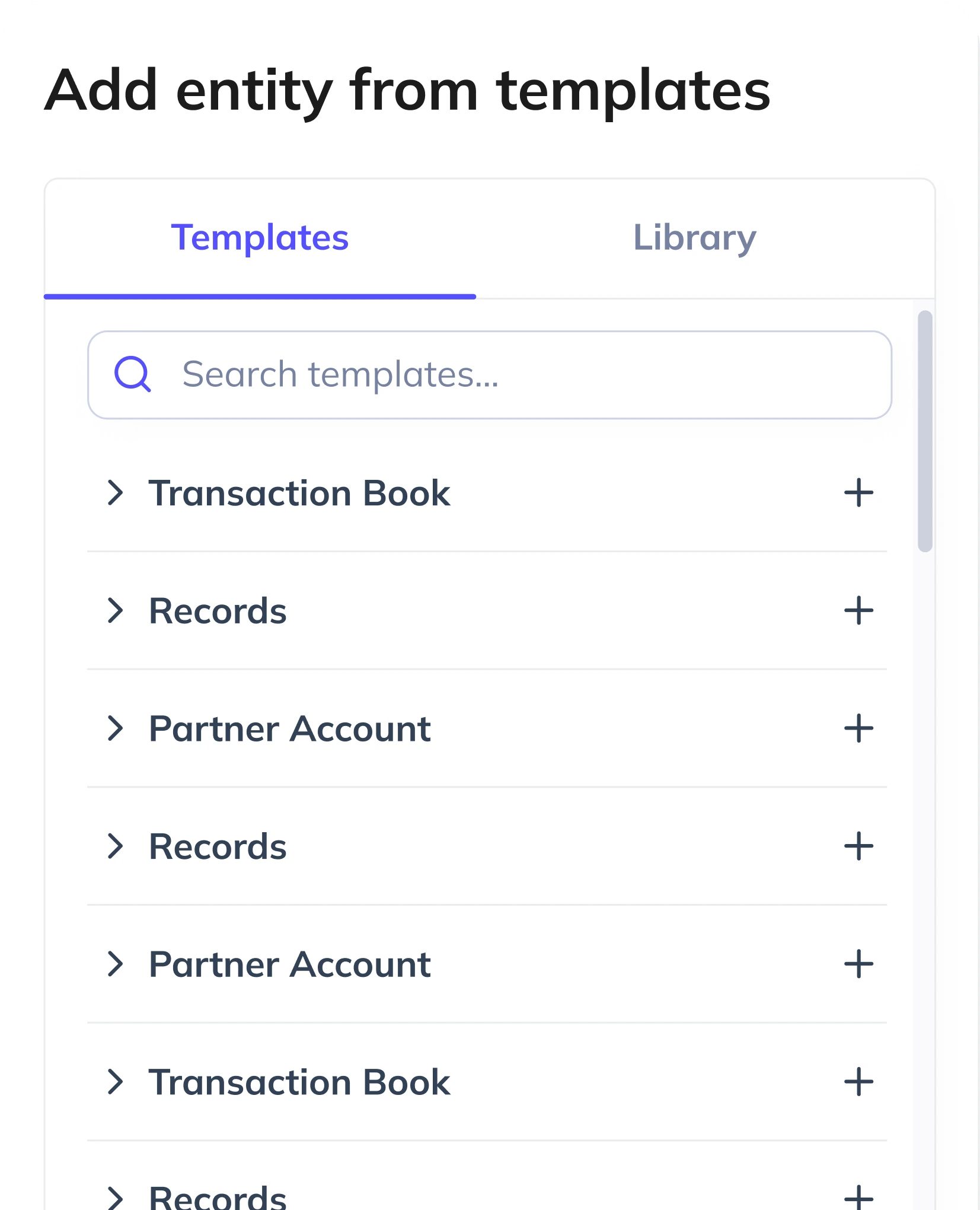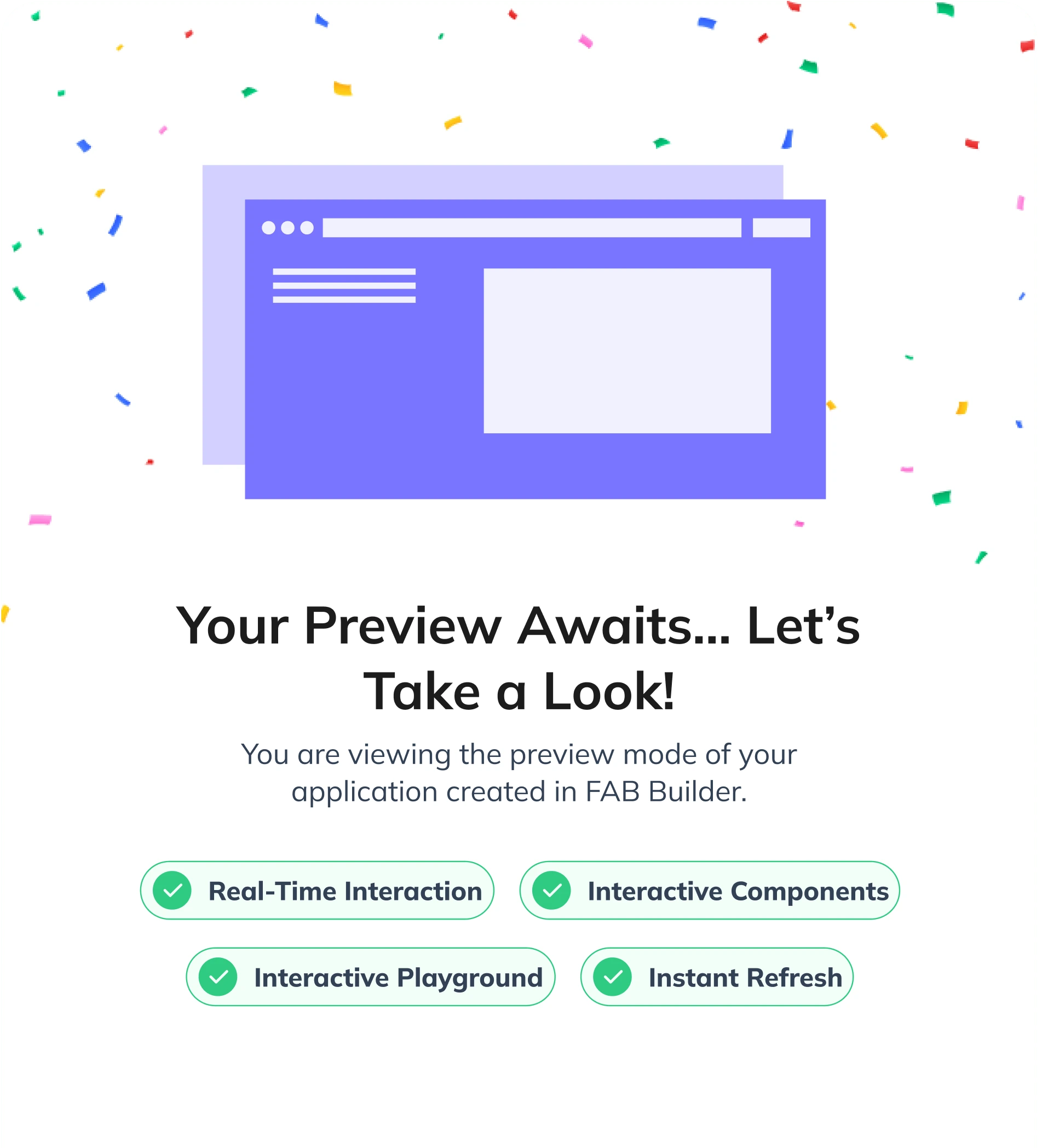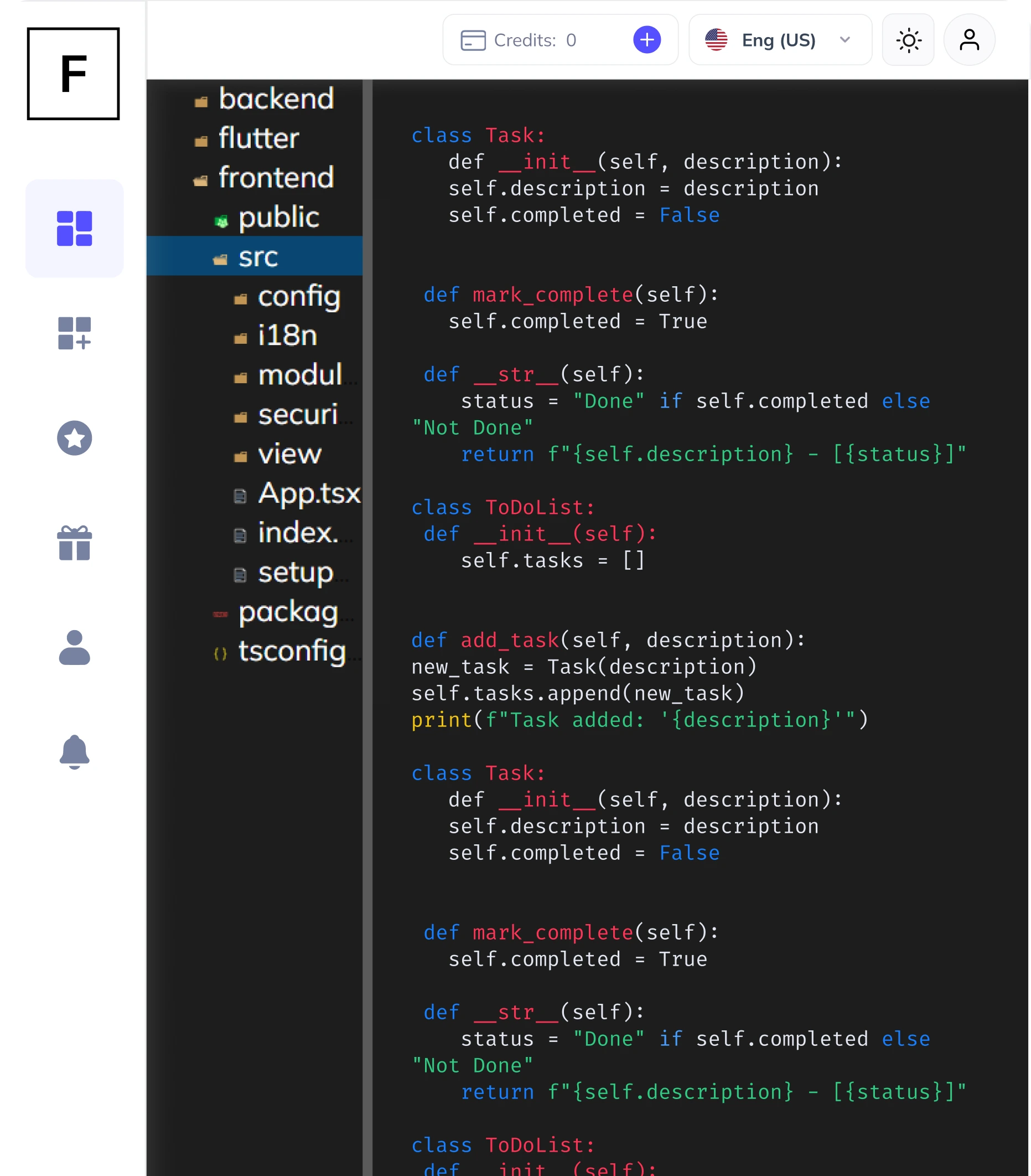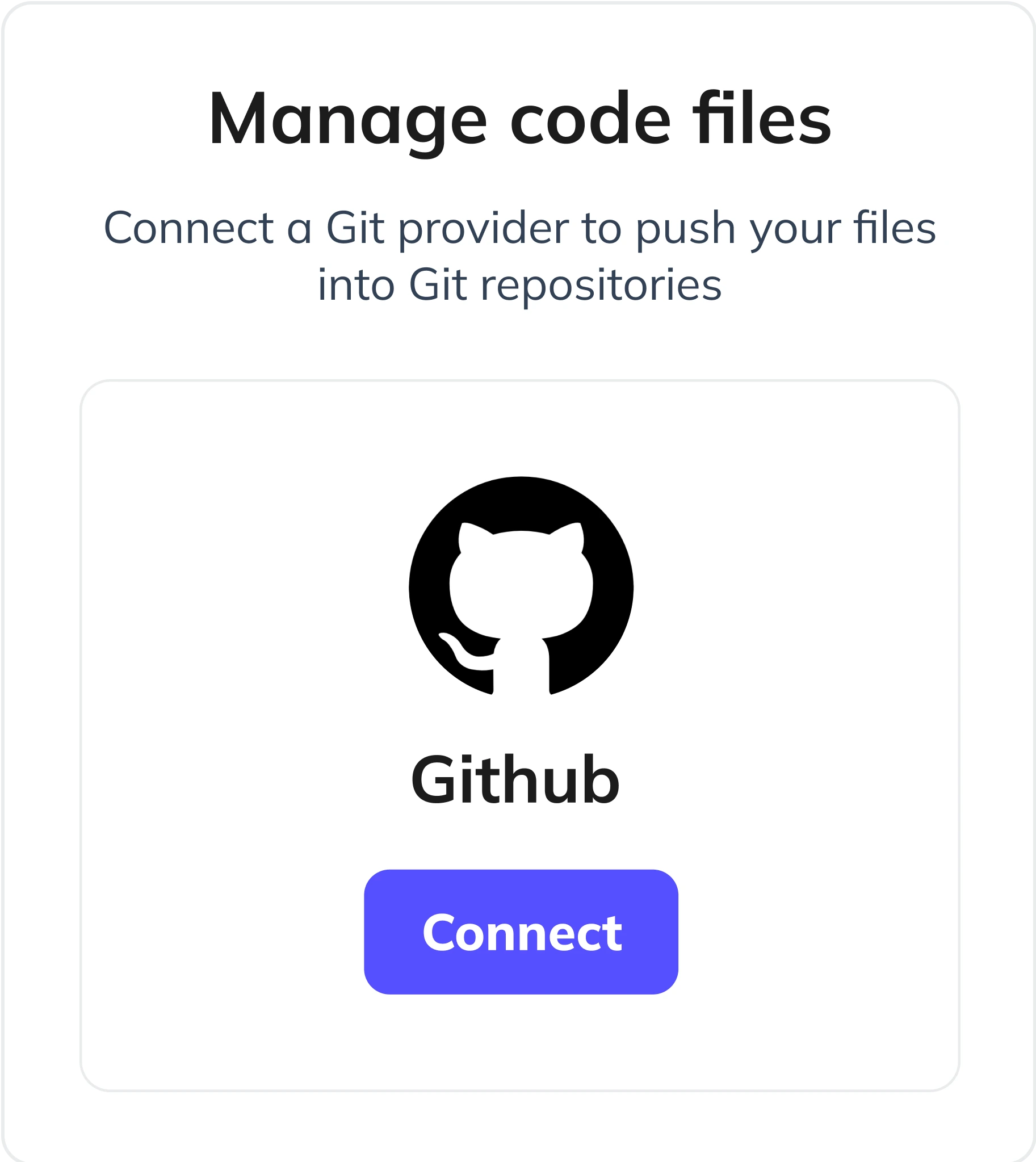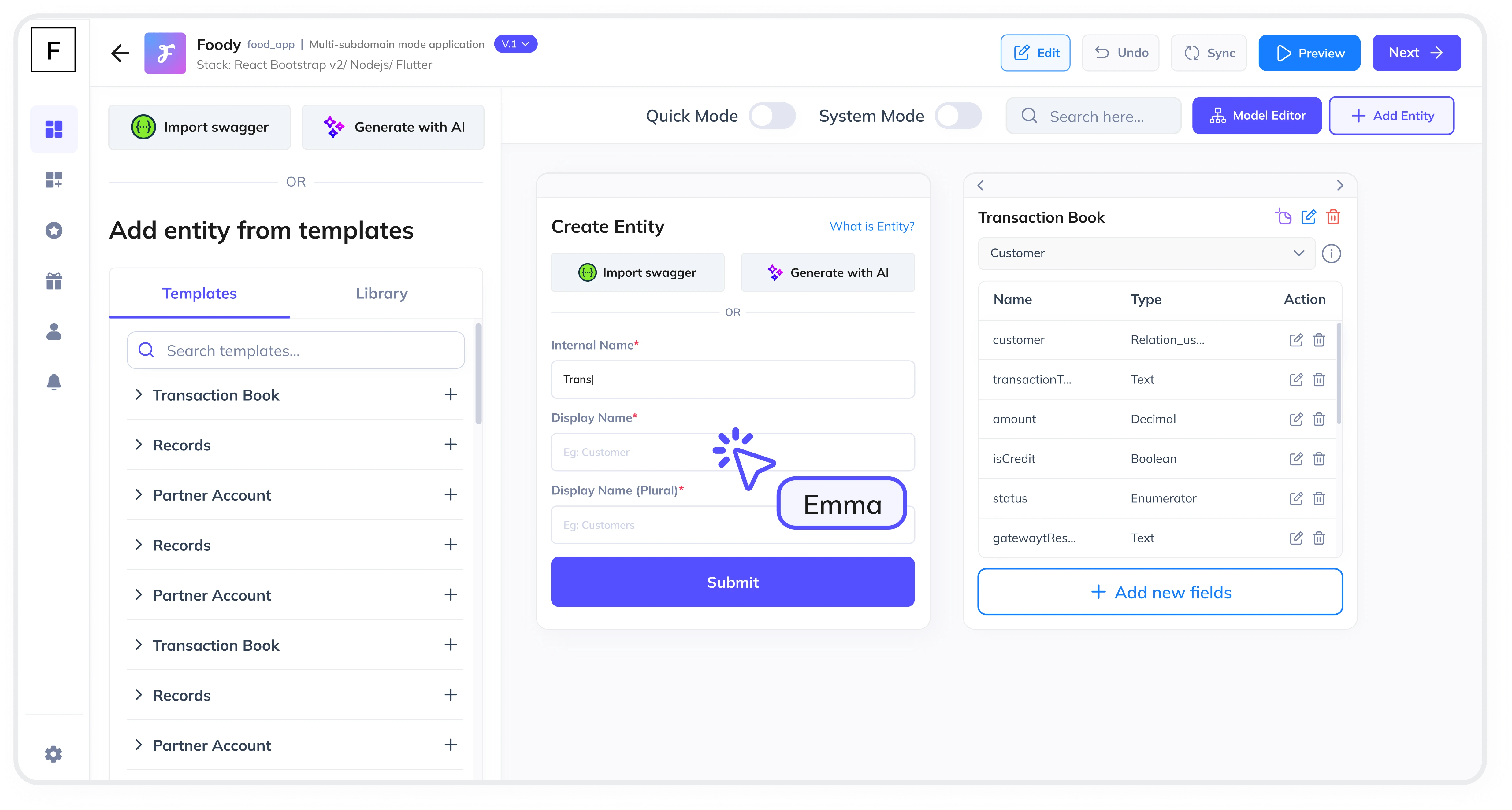Summarize and analyze this article with:
Citizen portals are essential for modern governments and public service providers to deliver seamless access to information and services. These portals act as a bridge between citizens and government agencies, enabling efficient communication, service delivery, and transparency. In this guide, we’ll walk you through the step-by-step process of creating a citizen portal using FAB Builder, a powerful low-code platform designed for rapid application development.
Why Use a Low-Code Platform for Citizen Portals?
Low-code platforms like FAB Builder simplify the development process by providing pre-built templates, and AI-assisted tools. Here’s why low-code is ideal for citizen portals:
- Speed: Develop and deploy applications faster than traditional coding methods.
- Cost-Effective: Reduce development costs with reusable components and automated workflows.
- Flexibility: Easily customize and scale applications as per evolving needs.
- Accessibility: Enable non-technical teams to contribute to the development process.
Key Features of FAB Builder for Citizen Portals
FAB Builder offers a range of features that make it the perfect choice for building citizen portals:
- AI-Assisted Entity Creation: Describe your application requirements, and FAB Builder will automatically generate entities and fields.
- Full Source Code Download: Download the production-ready code and customize it as needed.
- Bulk Data Import/Export: Easily manage large datasets with Excel-based import/export functionality.
- Role-Based Permissions: Control access to sensitive data and features with granular permissions.
- Configurable File Storage: Choose from multiple storage providers like AWS S3, Google Cloud, or local file systems.
- Payment Gateway Integration: Enable seamless payment processing with support for Stripe, RazorPay, PayPal, and more.
- Multi-Tenant Configurations: Build SaaS applications and sell subscriptions to B2B consumers.
Step-by-Step Guide to Creating a Citizen Portal
Step 1: Define Your Requirements
Start by outlining the features and functionalities your citizen portal needs. Common features include:
- User registration and authentication
- Service request submission and tracking
- Document upload and download
- Payment processing for fees and fines
- Real-time notifications and alerts
Step 2: Choose Your Tech Stack
FAB Builder offers interoperability with various tech stacks, including:
MERN Stack (MongoDB, Express, React, Node.js)
MEAN Stack (MongoDB, Express, Angular, Node.js)
React with AntDesign, Tailwind, Bootstrap, or Material
Vue, Angular, Next.js, Node.js, .NET, Java, SQL, Android Native, or iOS Native
This flexibility ensures that your Citizen Portals Module can adapt to any technology stack.
Step 3: Use AI-Assisted Entity Creation
With FAB Builder, simply describe your application requirements, and the platform will generate the necessary entities and fields. For example, if you need a service request module, FAB Builder will create entities like ServiceRequest, User, and Department.
Step 4: Customize the Portal
Leverage FAB Builder’s AI-Assisted Entity Creation interface to customize the portal’s design and layout. Add features like bulk data import/export, role-based permissions, and configurable file storage to meet your specific needs.
Step 4: Integrate Payment Gateways
Enable citizens to pay for services directly through the portal by integrating payment gateways like Stripe, RazorPay, or PayPal. FAB Builder’s extensible architecture ensures seamless integration with minimal effort.
Step 5: Test and Deploy
Once your portal is ready, test it thoroughly to ensure all features work as expected. FAB Builder’s one-click deployment feature allows you to deploy the application to AWS, GCP, or Azure with ease.

Use Cases for Citizen Portals
- Service Requests: Citizens can submit and track service requests like waste collection, road repairs, or utility connections.
- Document Management: Upload and download important documents like birth certificates, tax forms, and permits.
- Payment Processing: Pay for services, fines, or taxes directly through the portal.
- Information Dissemination: Share updates, announcements, and public notices with citizens.
Benefits of Using FAB Builder
- Rapid Development: Build and deploy citizen portals in record time.
- Scalability: Easily scale the portal as your user base grows.
- Security: Multi-layer security ensures data protection and compliance.
- Customization: Tailor the portal to meet specific government and public service needs.
Why Choose FAB Builder?
FAB Builder stands out as a low-code platform due to its flexibility, scalability, and robust feature set. Whether you’re building a citizen portal, a SaaS application, or a multi-tenant platform, FAB Builder provides the tools and support you need to succeed. With full source code access and no strings attached, you retain complete control over your intellectual property and business logic.
Ready to create your citizen portal?
Explore FAB Builder today and take the first step toward transforming government and public services.






